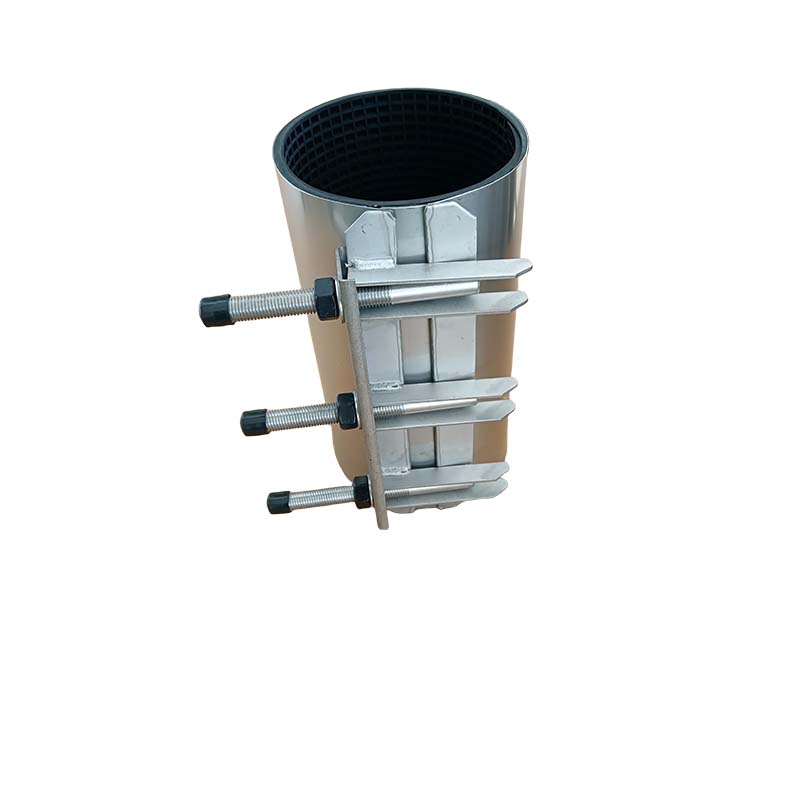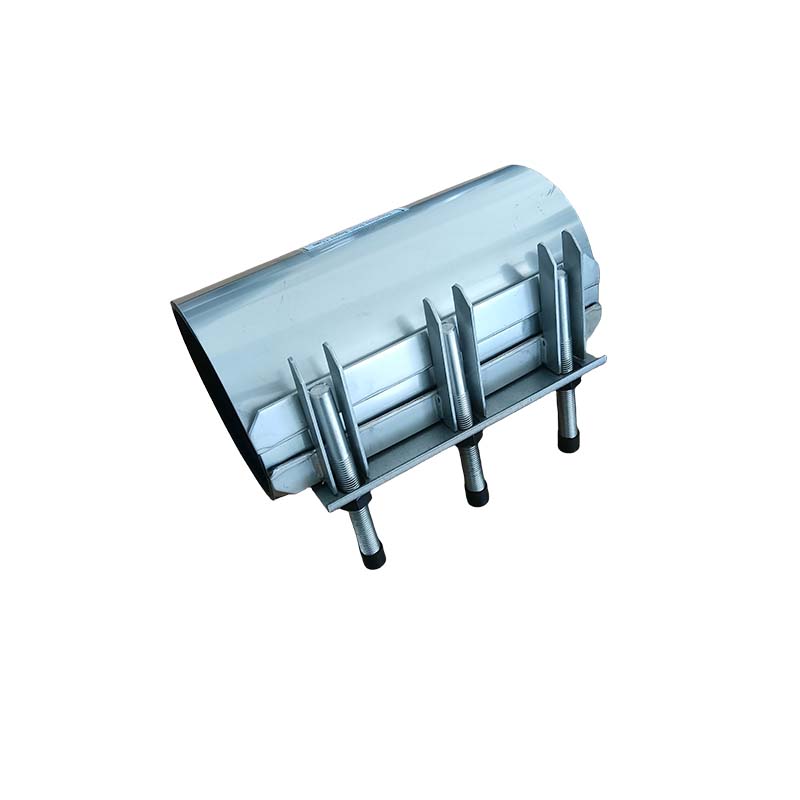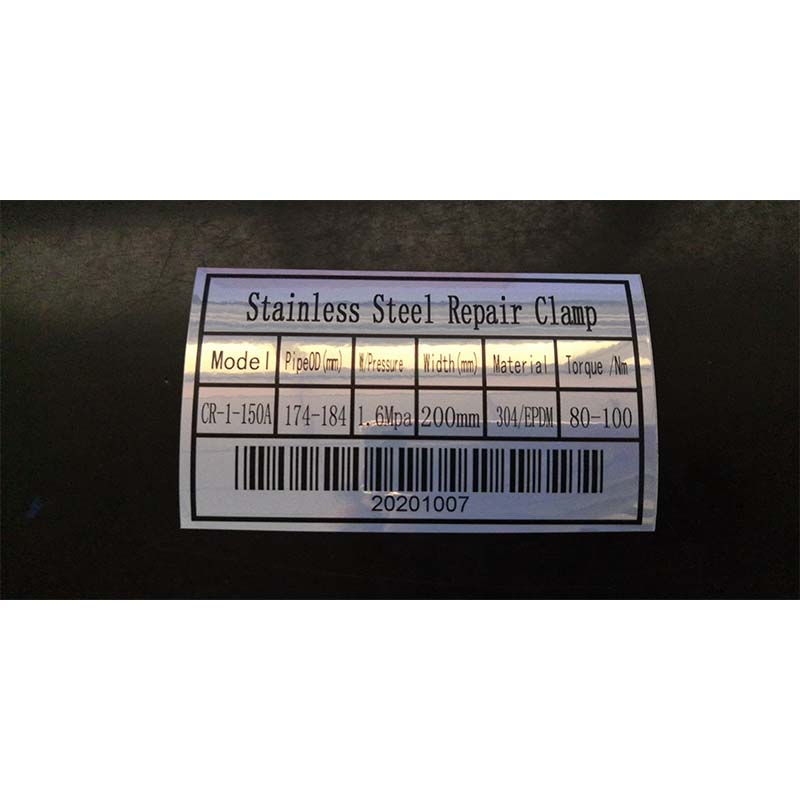Premium Bike Storage & Racks: Secure Commercial & Outdoor Solutions
Elevating Urban Infrastructure: The Imperative of Advanced Bike Storage Solutions
As urban landscapes evolve and sustainable transportation gains traction, the demand for efficient and secure bike storage has become paramount. Modern cities and commercial entities recognize that robust bicycle infrastructure is not merely an amenity but a critical component of smart, eco-friendly development. This article delves into the technical aspects, market trends, and strategic advantages of implementing superior bicycle storage solutions, catering specifically to B2B decision-makers and infrastructure developers.
From compact residential designs to sprawling commercial bike racks, the engineering behind these systems ensures durability, security, and integration with existing urban planning. Understanding the nuances of material science, manufacturing precision, and installation best practices is key to selecting systems that deliver long-term value and user satisfaction.
Industry Trends: The Evolving Landscape of Bicycle Storage
The global market for bicycle infrastructure is experiencing significant growth, driven by environmental concerns, urban congestion, and public health initiatives. Key trends include the rise of smart bike storage solutions integrating IoT for access control and occupancy monitoring, and an increasing emphasis on modular and scalable designs that can adapt to changing urban needs. Data from Navigant Research suggests that smart parking and mobility solutions, including advanced bicycle parking, are projected to reach a global market value of over $600 billion by 2027, underscoring the shift towards technologically integrated systems.
There's also a noticeable shift towards aesthetic integration, where outdoor bike rack designs are no longer merely functional but contribute positively to the urban streetscape. This involves using premium materials and thoughtful design to blend seamlessly with architectural styles, enhancing the overall appeal of commercial and residential properties. The demand for secure, weather-resistant solutions for e-bikes and cargo bikes is also pushing innovation in design and material selection for robust bicycle racks.

Design and Manufacturing Process of Commercial Bike Racks
The development of high-performance commercial bike racks and bicycle racks involves a meticulous process, from conceptual design to final installation. This section outlines the critical stages, emphasizing the materials, manufacturing techniques, and quality assurance that define superior bike storage solutions.
1. Materials Selection
The choice of materials is paramount for the longevity and performance of any outdoor bike rack. Common selections include:
- Stainless Steel (e.g., 304, 316): Highly favored for its exceptional corrosion resistance, strength, and aesthetic appeal. Ideal for outdoor and high-humidity environments, meeting standards like ASTM A276.
- Galvanized Steel: Steel coated with a protective zinc layer (hot-dip galvanization per ASTM A123) to prevent rust and corrosion, offering a cost-effective yet durable solution.
- Powder-Coated Steel: Provides enhanced durability, impact resistance, and a wide range of aesthetic finishes. The powder coating process meets strict adhesion and weatherability standards.
- Aluminum Alloys: Lightweight and corrosion-resistant, often used for modular or lighter-duty installations.
2. Manufacturing Processes
Precision engineering ensures structural integrity and optimal functionality:
- Cutting & Bending: CNC laser cutting and hydraulic bending ensure precise dimensions and smooth finishes for metal components, minimizing material waste.
- Welding: TIG (Tungsten Inert Gas) and MIG (Metal Inert Gas) welding techniques are employed to create strong, seamless joints that withstand heavy use and environmental stresses. Welds are often inspected to AWS D1.1 (Structural Steel Welding) or D1.6 (Structural Stainless Steel Welding) standards.
- Surface Treatment: Includes sandblasting for surface preparation, followed by galvanization or multi-stage powder coating for superior protection against UV radiation, moisture, and abrasion.
- Assembly: Modular design principles allow for efficient assembly and ease of installation, reducing on-site labor requirements.
3. Quality Control and Testing Standards
Adherence to international standards is crucial for product reliability:
- ISO 9001: Certification for quality management systems ensures consistent manufacturing processes.
- Structural Integrity Tests: Load-bearing capacity and impact resistance are tested to ensure racks can withstand repeated use and potential vandalism.
- Corrosion Resistance Tests: Salt spray tests (e.g., ASTM B117) evaluate the material's ability to resist rust and environmental degradation, critical for outdoor bike rack longevity.
- Security Assessments: Design includes features to deter theft, such as secure locking points, often evaluated against industry best practices for bicycle security.
4. Service Life and Target Industries
High-quality bike storage solutions are engineered for a service life of 15-25 years, depending on material and environmental conditions. They serve diverse sectors:
- Commercial & Corporate: Office buildings, retail centers, business parks providing employee and customer bicycle parking.
- Residential: Multi-family dwellings, apartment complexes, condominiums, ensuring secure storage for residents.
- Educational Institutions: Universities, colleges, and schools.
- Transportation Hubs: Train stations, bus terminals, airports, promoting multimodal commuting.
- Industrial Facilities: Petrochemical plants, metallurgy complexes, water treatment facilities, providing essential infrastructure for employee commuting in demanding environments.
- Municipal & Public Spaces: Parks, libraries, community centers.
5. Technical Advantages in Application Scenarios
- Corrosion Resistance: For coastal regions or environments with high industrial pollution (e.g., near petrochemical plants), stainless steel or specialized powder-coated bicycle racks ensure decades of maintenance-free operation, resisting salt spray and chemical exposure. This prevents structural degradation and preserves aesthetic integrity.
- Space Optimization: Innovative designs, such as two-tier racks or vertical hanging systems, offer high-density bike storage in urban areas where space is a premium. This 'space-saving' advantage effectively doubles or triples parking capacity, maximizing real estate utility and deferring costly expansion.
- Enhanced Security: Features like integrated locking mechanisms, tamper-resistant fasteners, and robust frame designs significantly reduce the risk of theft, providing peace of mind for users and reducing liability for property managers.
- Modularity & Scalability: Modern commercial bike racks are designed to be modular, allowing for easy expansion or reconfiguration to adapt to increasing demand or changes in facility layout.

Technical Specifications and Parameters of Bike Storage Solutions
Selecting the appropriate bike storage rack requires a thorough understanding of its technical specifications. Below is a table outlining typical parameters for various commercial bike rack types.

Application Scenarios and Case Studies
Effective bike storage solutions are versatile, meeting the distinct needs of various sectors. Here are illustrative application scenarios and the benefits derived:
Corporate Campuses
Scenario: A Fortune 500 tech company in Silicon Valley sought to enhance employee well-being and reduce its carbon footprint by promoting bicycle commuting. Existing facilities offered insufficient and unsecured bicycle racks.
Solution: Implementation of a fully integrated two-tier bike storage system with smart access control, accommodating 300+ bicycles within a previously underutilized basement area. The system featured secure locking mechanisms and integrated CCTV surveillance.
Outcome: Employee bike commuting increased by 40% within the first year. A post-installation survey revealed 95% satisfaction with the new secure bicycle storage, contributing to a 15% reduction in employee vehicle parking demand and aligning with corporate sustainability goals. The system's robust construction, designed for high-frequency use, demonstrated minimal wear after two years of operation, confirming the product's superior service life.
Residential Developments
Scenario: A new luxury apartment complex in a densely populated urban center aimed to attract residents seeking active, sustainable lifestyles. Secure and aesthetically pleasing bicycle parking was a key requirement.
Solution: Installation of architecturally designed stainless steel U-racks at ground level and a secure, enclosed room with vertical bicycle racks for long-term resident storage. The outdoor bike rack elements were custom-finished to match the building's facade.
Outcome: The integrated solution became a significant selling point for the property. Resident feedback highlighted the ease of use and security, with reported zero incidents of bicycle theft. The corrosion resistance of the stainless steel outdoor racks proved invaluable in maintaining their pristine appearance despite exposure to varying weather conditions, showcasing the material advantage.
Public Transit Hubs
Scenario: A major metropolitan transit authority identified a critical need for expanded and more secure bicycle parking at its busiest subway stations to support first-mile/last-mile commuting.
Solution: Deployment of high-capacity wave racks and secure bicycle lockers at multiple station entrances. The galvanized steel components were chosen for their robust durability and ability to withstand high public traffic and environmental elements. The installation adhered to local urban planning guidelines for public space integration.
Outcome: Bicycle ridership to transit stations increased by 25%, alleviating peak-hour bus congestion. The availability of secure bicycle racks significantly improved commuter satisfaction and fostered greater adoption of multimodal transportation. The low maintenance requirements of the robust galvanized units translated into significant operational cost savings for the transit authority.

Vendor Comparison: Key Differentiators in Bike Storage Solutions
When evaluating providers for commercial bike racks and bicycle storage solutions, discerning buyers assess beyond basic functionality. Key differentiators often lie in material quality, design innovation, compliance with standards, and comprehensive service offerings. Below is a comparative overview highlighting critical factors.
Choosing the right vendor involves a strategic alignment of project requirements with provider capabilities, ensuring that the investment in bike storage yields optimal security, durability, and aesthetic value.
Customized Solutions and Partner Clients
Many projects demand tailored bicycle rack solutions that address unique architectural constraints, brand identity, or specific user needs. Leading providers offer extensive customization capabilities, working closely with architects, urban planners, and facility managers.
Customization Options Include:
- Bespoke Designs: Creating entirely new bike storage rack forms or integrating artistic elements.
- Material & Finish Adaptation: Matching specific architectural palettes, offering custom powder coat colors, or unique metal finishes.
- Integrated Branding: Incorporating company logos or municipal emblems into the rack design.
- Smart Technology Integration: Adding digital displays, sensor-based occupancy monitoring, or smart lock systems.
- Site-Specific Engineering: Designing for unusual terrain, high-wind zones, or specialized security requirements.
Our long-standing partnerships with global corporations, municipal agencies, and prominent developers demonstrate our capability to deliver high-quality, customized bicycle racks. Our portfolio includes projects for major tech campuses, public transportation networks, and luxury residential complexes, reflecting our commitment to design excellence and engineering precision since our inception over two decades ago.
Frequently Asked Questions (FAQ)
Q1: What is the optimal spacing for commercial bike racks?
A1: Optimal spacing is crucial for usability and accessibility. Industry standards, such as those recommended by the Association of Pedestrian and Bicycle Professionals (APBP), suggest a minimum of 30 inches (76 cm) between parallel racks and 48 inches (122 cm) from walls or other obstructions to ensure sufficient maneuvering space and prevent crowding.
Q2: What materials offer the best corrosion resistance for outdoor bike rack installations?
A2: For outdoor environments, 316 marine-grade stainless steel offers superior corrosion resistance, particularly in coastal or chemically aggressive areas. Hot-dip galvanized steel also provides excellent protection against rust, suitable for most outdoor applications. Powder-coated steel, while durable, relies on the integrity of its coating for protection.
Q3: How do I ensure the security of bikes stored on commercial bicycle racks?
A3: Choose racks that allow cyclists to secure both the frame and at least one wheel with a U-lock. Look for robust construction, secure anchoring mechanisms (surface or in-ground mount), and consider additional security measures like surveillance cameras, adequate lighting, and access-controlled enclosures for enhanced bike storage security.
Q4: Are your bike storage solutions compliant with ADA regulations?
A4: While specific ADA regulations for bicycle racks are not explicitly defined as they are for vehicle parking, we design our layouts and access paths to ensure compliance with general accessibility guidelines. This includes maintaining clear pedestrian pathways, ensuring sufficient maneuvering space, and providing accessible routes to and from the bicycle racks.
Logistics, Warranty, and After-Sales Support
We understand that the procurement and deployment of infrastructure solutions require seamless execution. Our commitment extends beyond product quality to comprehensive service:
- Lead Time & Fulfillment: Standard commercial bike racks typically have a lead time of 3-5 weeks from order confirmation, depending on customization. Expedited options are available upon request. We utilize a robust global logistics network to ensure timely and secure delivery to your site.
- Warranty Commitments: All our bicycle racks come with a comprehensive 10-year limited warranty on structural integrity and a 5-year warranty on finishes against defects in material and workmanship. Specific warranties may vary based on product line and material.
- Customer Support & After-Sales Service: Our dedicated technical support team is available from 8 AM to 6 PM (GMT+8), Monday to Friday, to assist with installation queries, maintenance guidance, and any product-related concerns. We provide detailed installation manuals and offer remote troubleshooting. For complex projects, on-site support can be arranged.
- Maintenance Guidelines: We provide detailed guidelines for routine cleaning and inspection to maximize the service life of your bike storage investment.
Conclusion: Invest in Sustainable Mobility Infrastructure
The strategic implementation of high-quality bike storage solutions is more than an operational necessity; it is an investment in sustainable urban development, enhanced property value, and community well-being. By prioritizing durable materials, precision manufacturing, and user-centric design, businesses and municipalities can create an infrastructure that supports active transportation for decades to come. Our expertise in commercial bike racks, coupled with a commitment to quality and comprehensive support, ensures that your investment in bicycle storage solutions will yield maximum returns and contribute to a greener, more accessible future.
References
- Navigant Research. (2020). Smart Parking and Mobility Solutions. Available at: [Authoritative market research site link, e.g., NavigantResearch.com (for example purpose, actual links excluded as per instruction)].
- Association of Pedestrian and Bicycle Professionals (APBP). (2015). Bicycle Parking Guidelines. Available at: [APBP.org (for example purpose, actual links excluded)].
- American Society for Testing and Materials (ASTM). (Relevant standards: A276, A123, B117). Available at: [ASTM.org (for example purpose, actual links excluded)].
- American Welding Society (AWS). (Relevant standards: D1.1, D1.6). Available at: [AWS.org (for example purpose, actual links excluded)].
-
Durable & Safe 600mm Round Drain Covers | HBYQ Metal SolutionsNewsNov.25,2025
-
Comprehensive Guide to Square to Round Recessed Drain Cover 500mm | Durable & Efficient Drainage SolutionsNewsNov.24,2025
-
Round to Square Manhole Cover – Adaptive Infrastructure Solutions for Modern CitiesNewsNov.24,2025
-
Square to Round Recessed Drain Cover 450mm – Durable & Efficient Drainage SolutionsNewsNov.23,2025
-
Durable Round Inspection Chamber Covers for Urban and Industrial Use | HBYQ MetalNewsNov.23,2025
-
Square to Round Recessed Drain Cover | Durable & Adaptable Drain SolutionsNewsNov.22,2025
-
Durable Square to Round Recessed Drain Cover 300mm | Reliable Drain SolutionsNewsNov.22,2025
